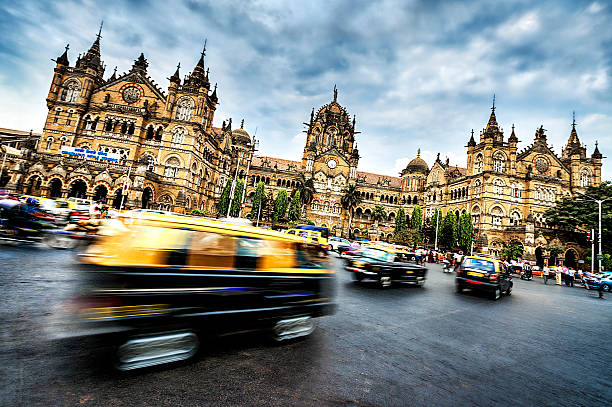
A decade after being tagged as part of the “Fragile Five” by Morgan Stanley, India and Indonesia have undergone a remarkable transformation, now standing as top picks for global investors. The shift is attributed to a series of successful reforms and fiscal prudence that have significantly brightened the prospects for the bonds and currencies of these two Asian giants, according to fund managers from Fidelity International, Robeco Group, and abrdn. Notably, even the upcoming elections in both nations are unlikely to deter investor confidence.
From Fragility to Favoritism
Originally, the “Fragile Five” label also included Türkiye, South Africa, and Brazil, identifying economies highly dependent on foreign investment for growth. However, the marked improvement in finances for India and Indonesia, evident in credit-default swap metrics, signifies a complete reversal in market perception since 2013.
“Both India and Indonesia boast strong fundamentals in the short and long term, supported by a decade of positive reforms under leaders like Prime Minister Modi and President Jokowi,” stated Kitty Yang, a tactical asset allocation analyst at Fidelity International.
Credit Quality and Investor Confidence
Reflective of the nations’ enhanced credit quality, India’s five-year credit default swaps have seen an approximate 85% reduction from their peak in 2013, with Indonesia’s swaps decreasing by 70%. This contrasts sharply with other nations like Türkiye, where default swap prices have surged. The renewed investor confidence is also underscored by a combined inflow of $14 billion into Indian and Indonesian bonds last year, marking the highest joint inflow since 2019.
Economic Reforms and Market Reactions
India’s bond market has been buoyed by the prospect of global index inclusion and recent government announcements of lower-than-estimated debt sales, leading to a decrease in the yield on ten-year notes. Similarly, Indonesia has shown fiscal discipline, narrowing its deficit earlier than projected, a move praised by investors for stabilizing the nation’s finances.
Governance and Fiscal Discipline
Both nations have demonstrated commendable governance and fiscal discipline, with India’s planned budget deficit cut and Indonesia’s successful management of its fiscal gap being notable examples. Such measures have prompted analysts to predict a long-overdue credit rating upgrade for India, while Indonesia’s disciplined fiscal management is expected to continue under new administrations.
Election Outlook and Policy Continuity
Despite the potential for change that elections typically bring, the reforms and economic policies in India and Indonesia are so deeply ingrained that investors see less risk. In Indonesia, even with presidential frontrunner Prabowo Subianto’s ambitious campaign promises, the expectation is that the nation’s economic policies will maintain their trajectory.
Table: Transformation of India and Indonesia from ‘Fragile Five’ to Investor Favorites
| Aspect | India | Indonesia |
|---|---|---|
| Reforms | Decade-long positive reforms under Modi | Continued fiscal discipline under Jokowi |
| Credit Default Swaps | 85% decrease from 2013 peak | 70% decrease from 2013 peak |
| Investor Inflows | $14 billion combined inflow into bonds in 2022 | Part of highest joint inflow since 2019 |
| Fiscal Management | Planned budget deficit cut to 5.1% of GDP | Fiscal gap narrowed to 1.65% in 2023, surpassing projections |
As India and Indonesia continue to solidify their positions as favorable destinations for global investment, their economic outlooks remain promising. The ongoing reforms and prudent fiscal management practices offer potential for further growth enhancement, drawing continued interest from investors worldwide.
What’s more, the overall positive trajectory for these economies, despite global uncertainties and local electoral dynamics, underscores the resilience and potential of emerging markets in Asia. As the world watches, India and Indonesia stand as testaments to the transformative power of economic reform and fiscal responsibility.
Featured image credit: EXTREME-PHOTOGRAPHER via Getty Images
